No fashion weeks are created equal. While New York designers produced engaging events that called for cultural pride and reminiscing of the good-ole days, London designers took on a different path for their Spring 2020 shows. As per tradition, London Fashion Week showcased rising talent alongside established fashion houses catering to a distinctive customer whether shaggy and dark, or, sweet and put-together.
Among environmental activists and Brexit conversations, the five-day long event reminded the public of the value of the unique self. Our sense of identity is the mental picture of who we are; it’s how we think about or perceive ourselves. The concept works the other way around too. Before we even spark conversation with another person, they’ve already created an idea in their minds about who we are. Clothing gives us the opportunity to prescribe our self-image to others. It’s a powerful tool that gives us control over our bodies: we can enhance what we like and conceal what we don’t.
Molly Goddard SS20 (Photo: standard.co.uk)
Instead of showing hopeful or rebellion-heavy messages on t-shirts, London designers stuck to what makes them stand out from other fashion weeks; they focused on their identifiable aesthetic. London Fashion Week’s darling Molly Goddard, showed a beautiful collection of voluminous, ruffled pieces. Airy tulle pieces moved across the runway layered with garments like floral prints and embellished knits. For the occasion, Goddard introduced denim work, a first for the designer. Christopher Kane showed his signature compilation of interesting neck and hemlines on heavily flowered printed dresses for his crisp large in volume collection labeled “Eco-Sexual.”
The design duo behind Marques’Almeida revisited their famed frayed denim and distressed hemlines for Spring 2020. The collection, as per usual, attracted a diverse crowd: powerful women, old and young, were represented on the runway. Cocktail dresses paired with combat boots and weighty jewelry created a large and bold silhouette on the models. Voluminous taffeta coats and asymmetrical skirts completed the M’A girl wardrobe for the season.
Studies have shown that our sense of identity is significantly related to and influenced by the Big Five personality traits: Openness, Conscientiousness, Extraversion, Agreeableness, and Neuroticism. While the Molly Goddard and the Marques’Almeida collections are far from similar, both score high on the openness scale and share a middle ground on neuroticism. Men and women who enjoy wearing unexpected fashion will find the right novelty piece form either designer to add to their look. On the other hand, introvert individuals might benefit from wearing conversational pieces from Goddard’s collection. The sweet, soft shades of the color palette and bows for the season increase agreeable levels and ease a reserved person into conversation assuredly. High levels of extraversion and emotional stability suggest a higher sense of identity.
Simone Rocha SS20 (Photo: theimpression.com)
Simone Rocha, another LFW favorite, stuck to her darkly romantic vision. This time, Rocha’s inspiration came from a Celtic holiday resulting in a raw mixture of textures, faded prints, lustrous silks, ruffles, sequins, straw embellishments and accessories. Erdem took a similar approach for his spring show where we saw full silhouettes in rich colors and prints, ruffled garments and floral suits. Moralioglu also injected some folklore and culture into the show using Italian actress Tina Modotti’s time in Mexico as a source of inspiration. "Her story is not about fashion, but about the power of dressing as a form of self-expression to communicate something far deeper. She dressed to become who she felt she was meant to be," he wrote in the show notes. Browse backstage shots and details in the gallery below.
"Her story is not about fashion, but about the power of dressing as a form of self-expression to communicate something far deeper. She dressed to become who she felt she was meant to be.” -Erdem Moralioglu
When we craft a concept of ourselves, however, we must consciously make a distinction between our actual self, the person we are most of the time, and our ideal self, the person we want to become. Our self-esteem is affected when there is a considerable mismatch between the two, also known as the self-discrepancy theory. We can lower that discrepancy and enhance self-esteem through clothing because, as we know from enclothed cognition, powerful statement pieces make us feel confident.
Roksanda Ilincic featured clean, long, lines for Spring 2020. Given the symbolic value of formal garments, Ilincic’s suiting and tailored dungarees in superfine cotton communicate strength, power, and a sense of responsibility. The designer’s beautiful color combinations, especially yellows with muted pastels and neutrals, seen throughout the show evoke a friendly and trusting energy; great for people who score low on agreeableness. People with high levels of neuroticism will find balance in Ilincic’s pieces as the collection also features vibrant colors in uncomplicated designs.
Roksanda SS20 shown at The Serpentine Gallery as part of London Fashion Week (Photo: theimpression.com)
Personality traits are somewhat fixed, but can also change to some extent as we age. Besides, it’s not always easy to instantly embody the positive identity you envision for yourself. So why not use something as simple as color to enhance our mood and improve our self-esteem? Victoria Beckham’s easy silhouettes left room for pattern and color expressionism. “I only used to wear black when I was younger, and I never understood when certain people used to say they didn’t like you wearing black. But then I got it—color is so much more flattering!” she said to Vogue’s Sarah Mower. Color and emotion association change as we create new meanings and attach multiple emotional associations to colors throughout our lives. While black, a color strongly associated with the designer in the past, has the psychological power of communicating prestige, value, and discipline, the greens and purples seen in her collection speak of a relaxed, reassured, sophisticated woman. Someone who is looking for a reinvention in style and personality should definitely consider Beckham’s offer.
Richard Quinn’s concoction of tulle, feathers, and bubbled silhouettes are addressed to highly intuitive and imaginative individuals. (Photo: theimpression.com)
Margaret Howell’s collection is another option to confidently transition into powerful suiting and bold tailoring. Howell offers an easy to keep collection of classic, long-lasting pieces. While erasing sartorial gender norms, the designer was able to cater to a diverse audience that loves loosely cut jackets and tapered trousers. This show speaks to someone who favors comfort or utility over fashion pretense and scores high on conscientiousness. Furthermore, a 2015 study found that wearing comfortable clothing impacts our cognitive performance in a positive way. If a person seeks to carry out a busy workday calmly, wearing a pair of crisp trousers from Howell’s collection will work better than a pink ruffled dress.
Burberry SS20 by Riccardo Tisci as part of London Fashion Week.
Confidence is more than just a healthy amount of self-esteem. We have the need to feel authentic in what we are wearing in order to associate with the aesthetic qualities the clothes trigger. Someone who enjoyed Riccardo Tisci’s subtle structures and Italian tailoring for Burberry, will find themselves uncomfortable wearing a Richard Quinn A-Line, voluminous dress. While undoubtedly beautiful, Quinn’s concoction of tulle, feathers, and bubbled silhouettes are addressed to highly intuitive and imaginative individuals. Tisci did close London Fashion Week with crystal and feather embellishments in eveningwear for women and accessories for men, but in this case, these pieces offer protection for the wearer. These out-there designs keep creative, emotional neurotics in safe distance from others. JW Anderson’s statement jewelry on a black canvas combo will also do the trick.
Details at JW Anderson SS20 provide a sense of armor. (Photo: theimpression.com)
Nowadays we can’t talk about fashion without mentioning sustainability and the measures all designers are taking as we look forward. Our moral identity refers to our position on various moral scales concerning ethical issues like sustainability. A strong moral identity implies an environmentally conscious and active individual. Whenever we don’t act in accordance with our moral identity, we are more likely to experience emotions of guilt and shame.
A ruffled look at Preen by Thornton Bregazzi SS20.
Thankfully, London has designers like Vivienne Westwood and Preen by Thornton Bregazzi. Westwood opted out from her regular runway show. Instead the designer presented her line in her showroom and stayed true to her less-is-more approach as she communicated that her and her team are working towards reducing her women’s collection by 50% and men’s by 30% by Fall 2020. Unisex designs ranged from strong shirting, dynamic patchwork, loud prints, and colorful suiting. High and low scorers in openness, extraversion, and neuroticism will find suitable, sustainable fashion in Westwood’s Spring 2020 offering. The couple behind Preen by Thornton Bregazzi gathered leftover fabric from seasons past out of their storage space in Notting Hill. The juxtaposition of different fabrics sewn together brought an array of interesting patchwork pieces and asymmetrical shapes.
Additionally, they sustainably sourced viscose, and worked with georgette made from recycled plastic bottles and textile waste. “Some things will be limited runs—and pieces might be a bit different from one another,” said Justin Thornton backstage. And rightfully so, because, in London, no fashion is created equal.




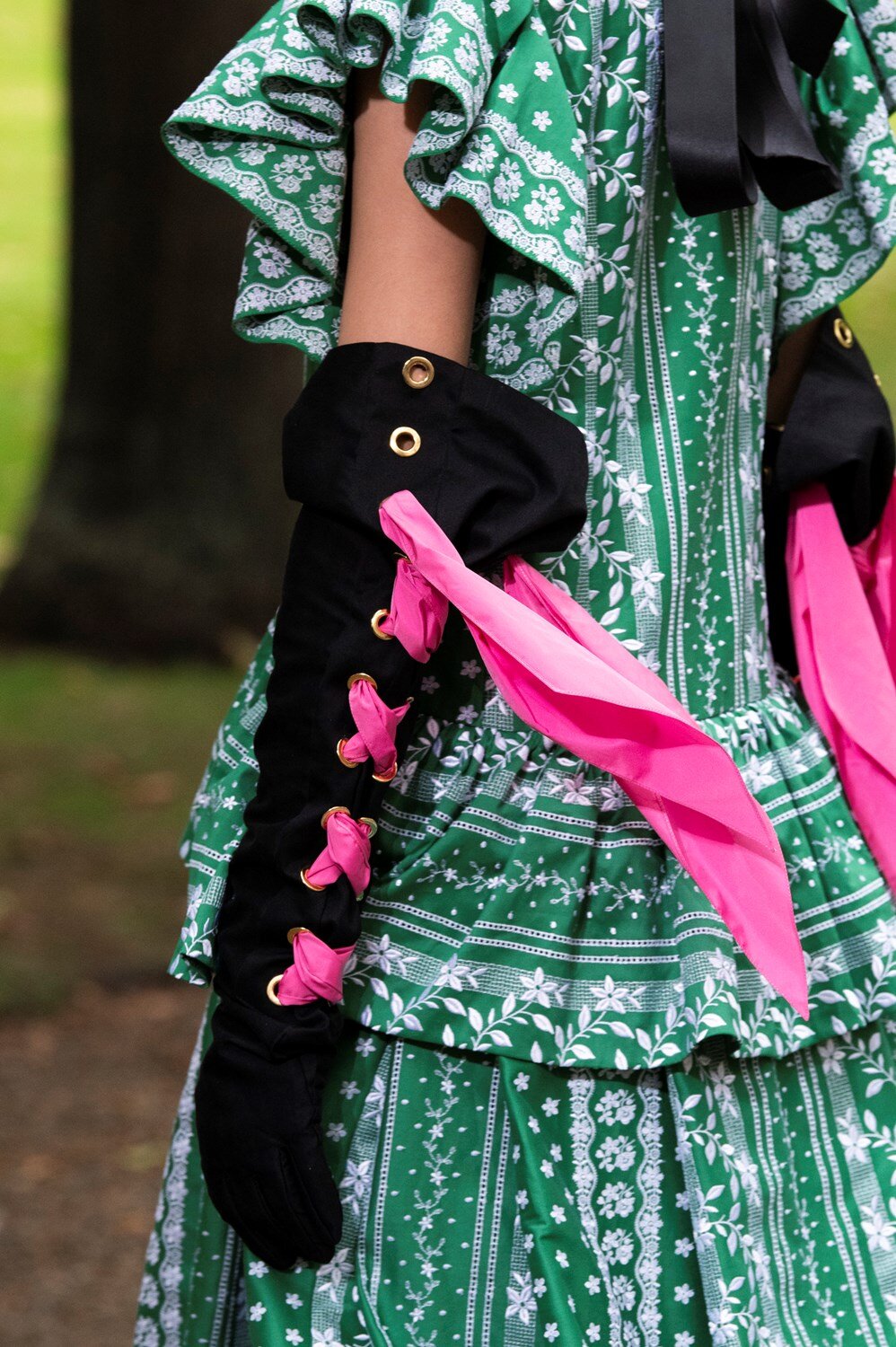
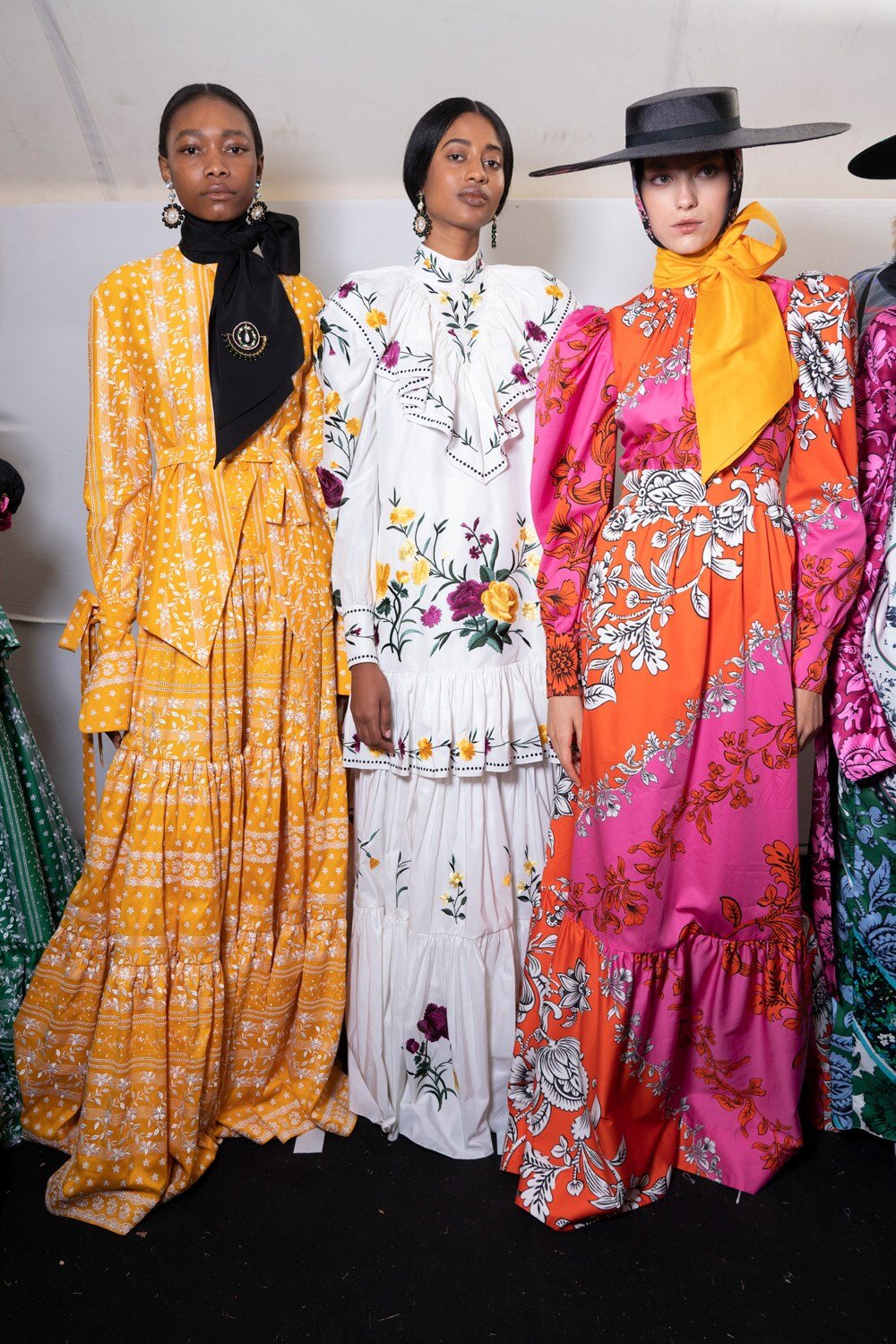
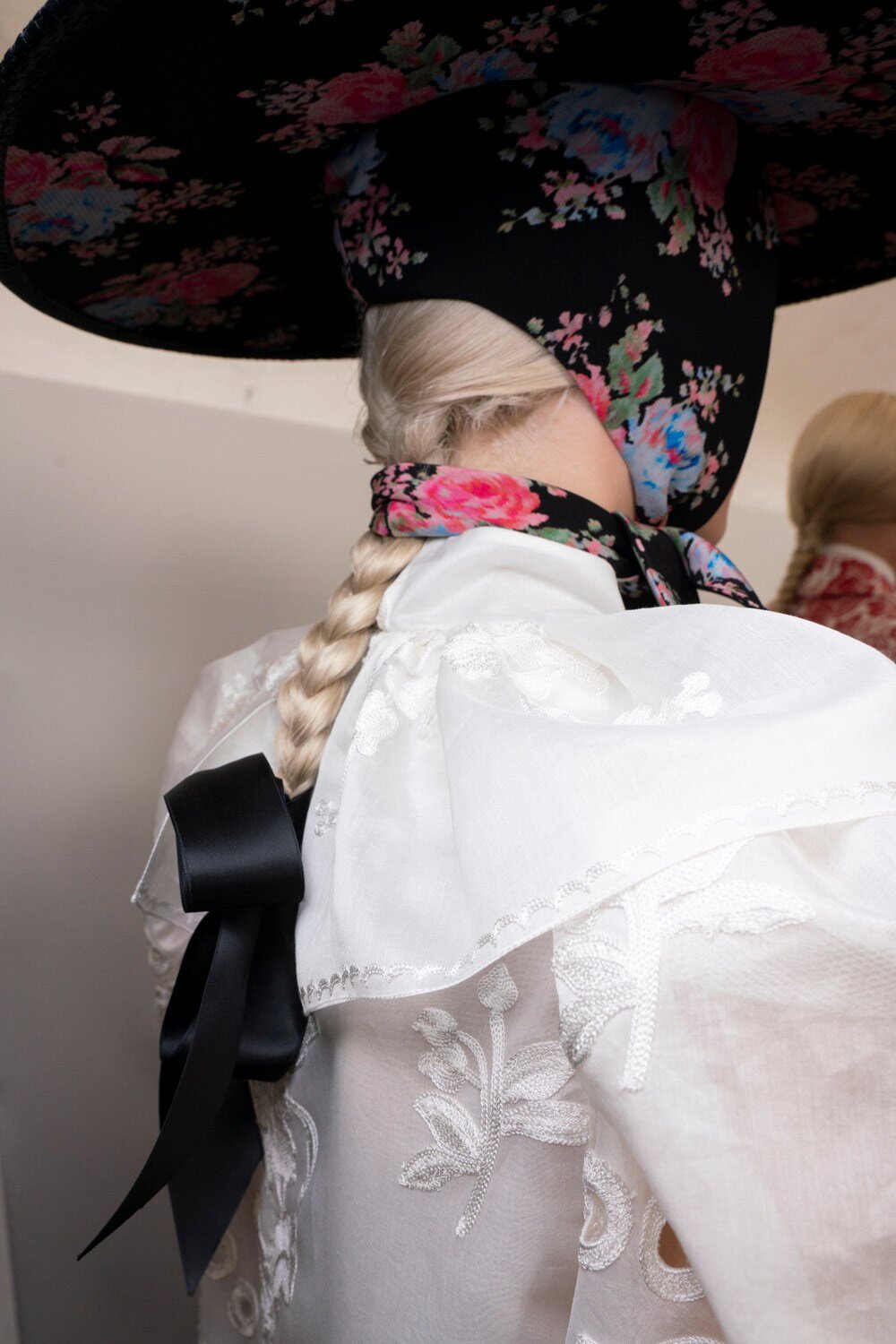
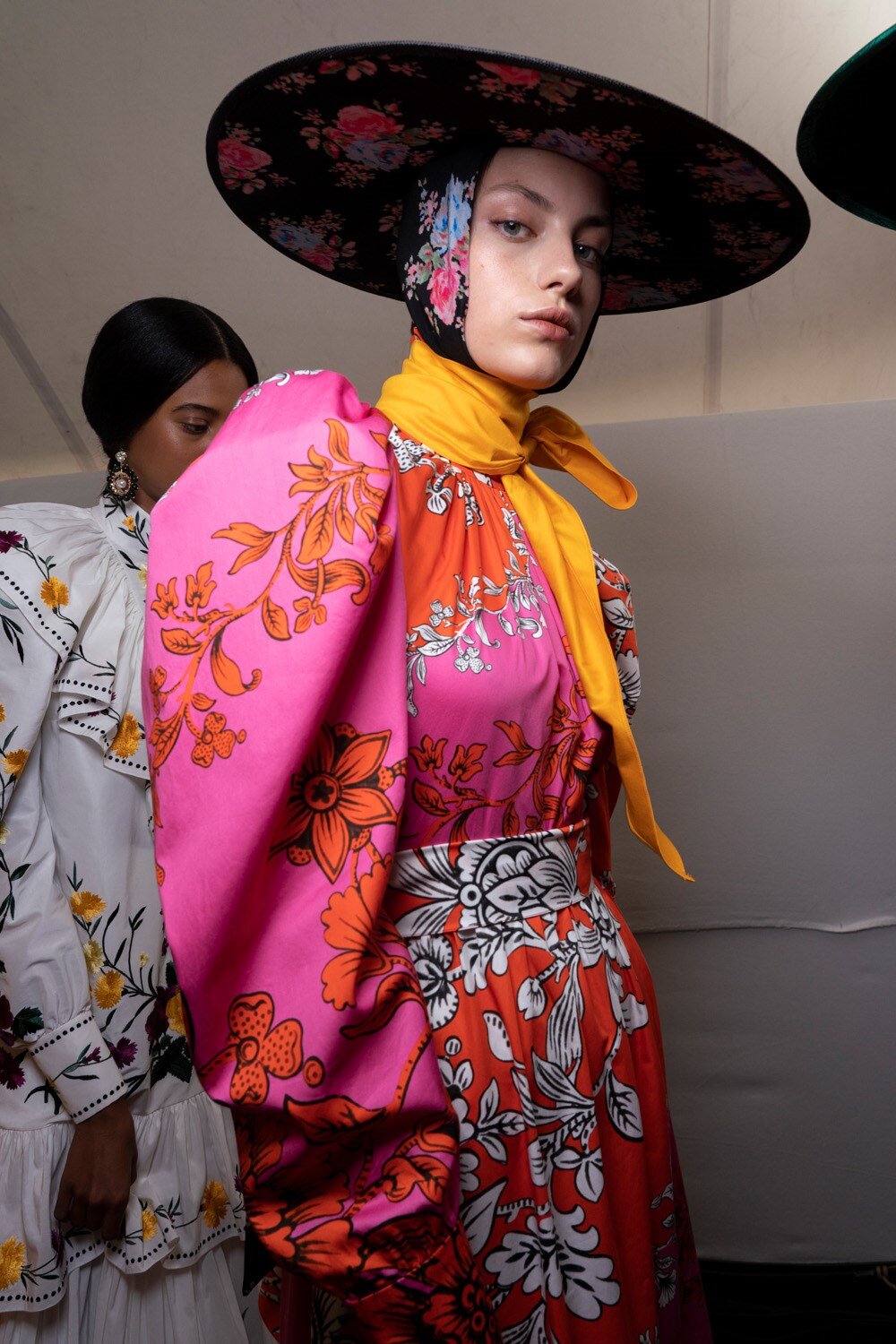

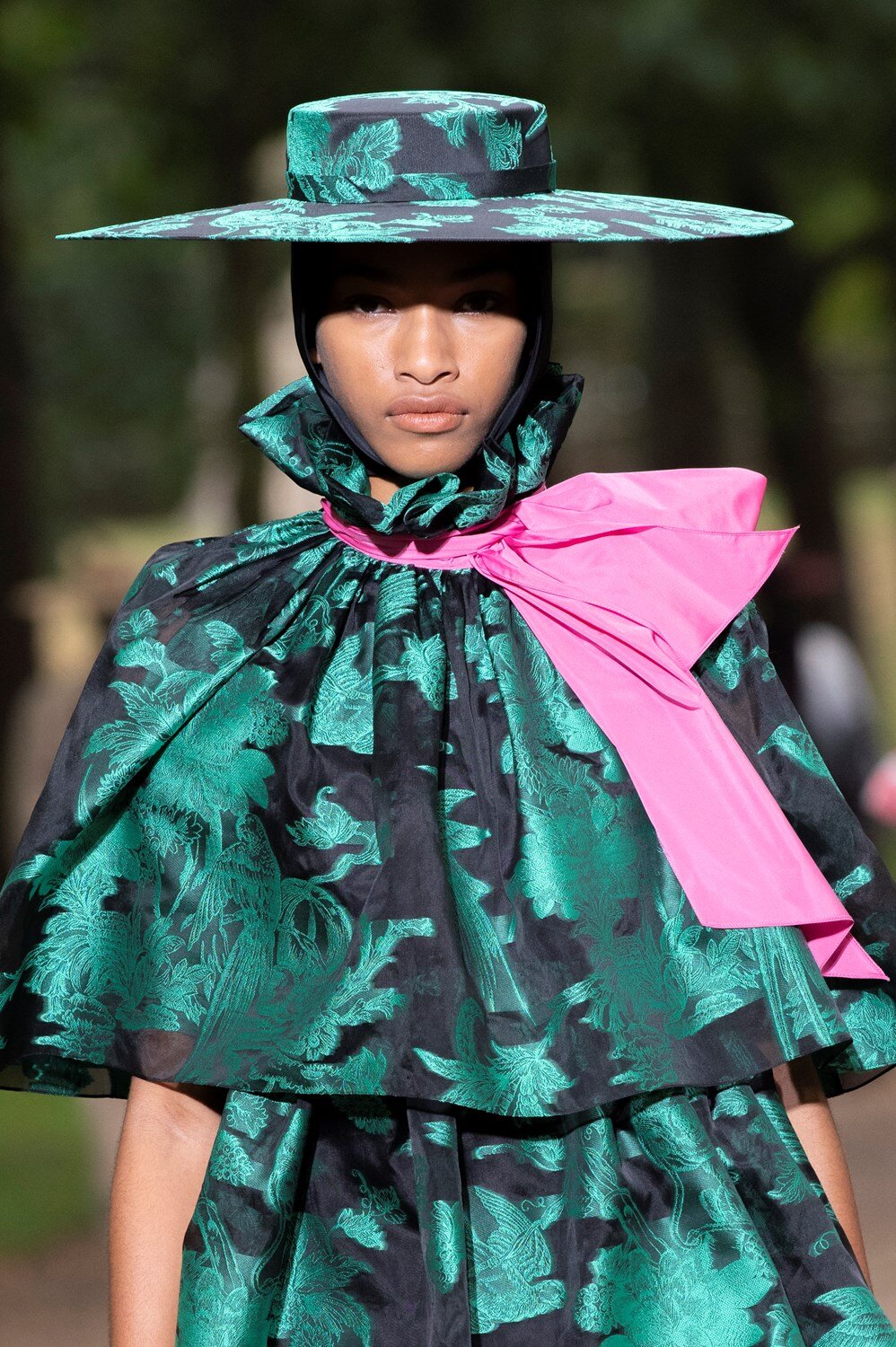
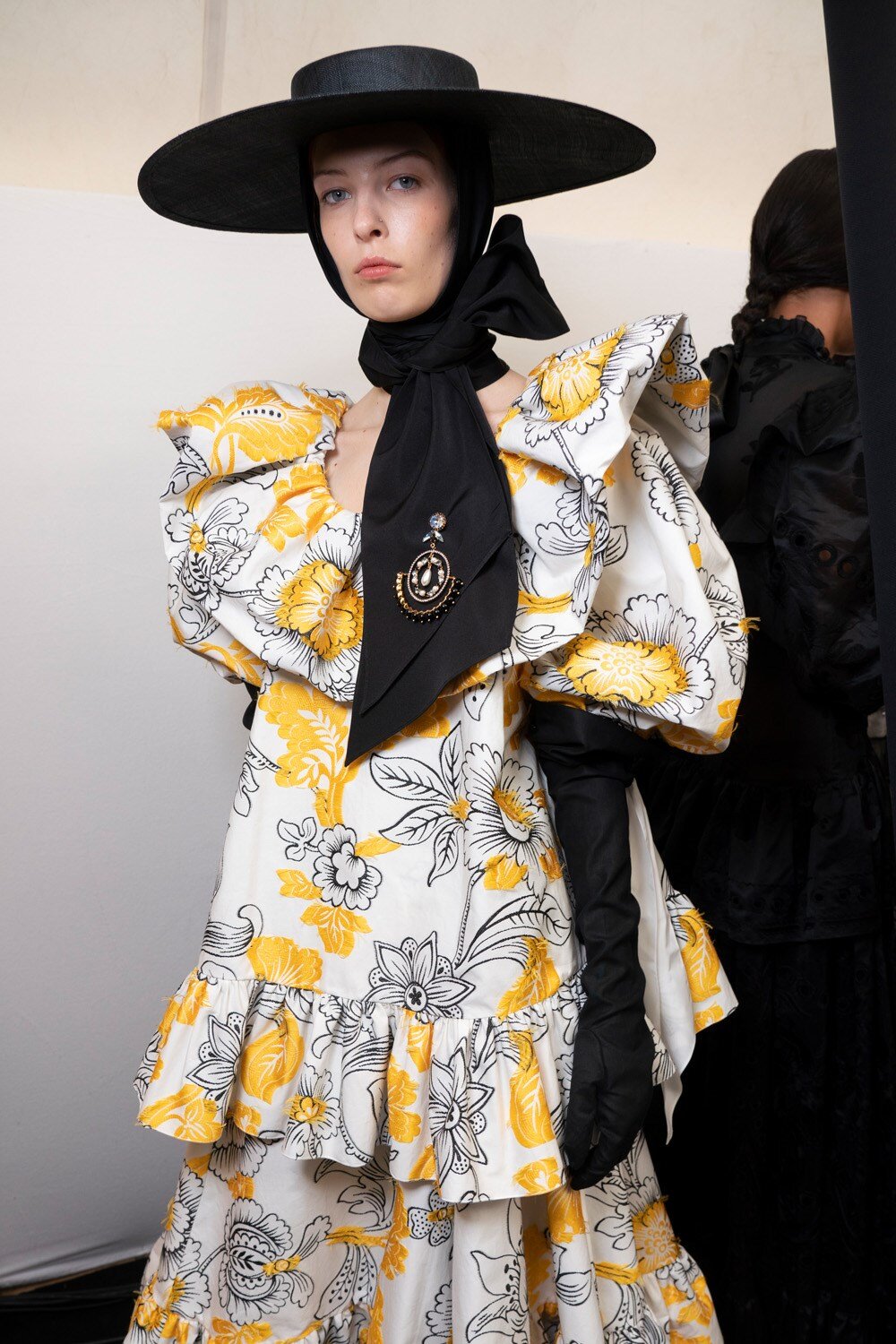
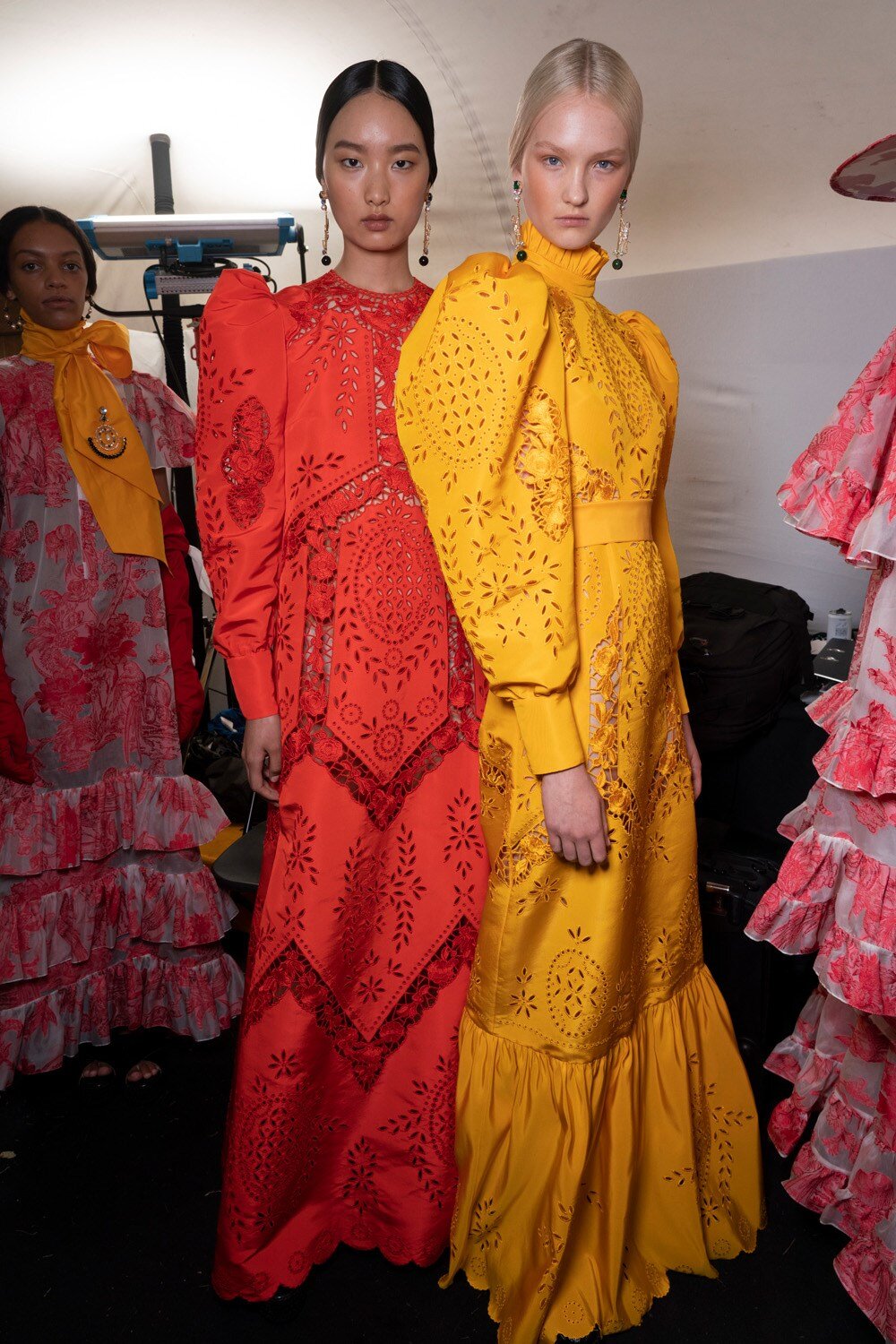
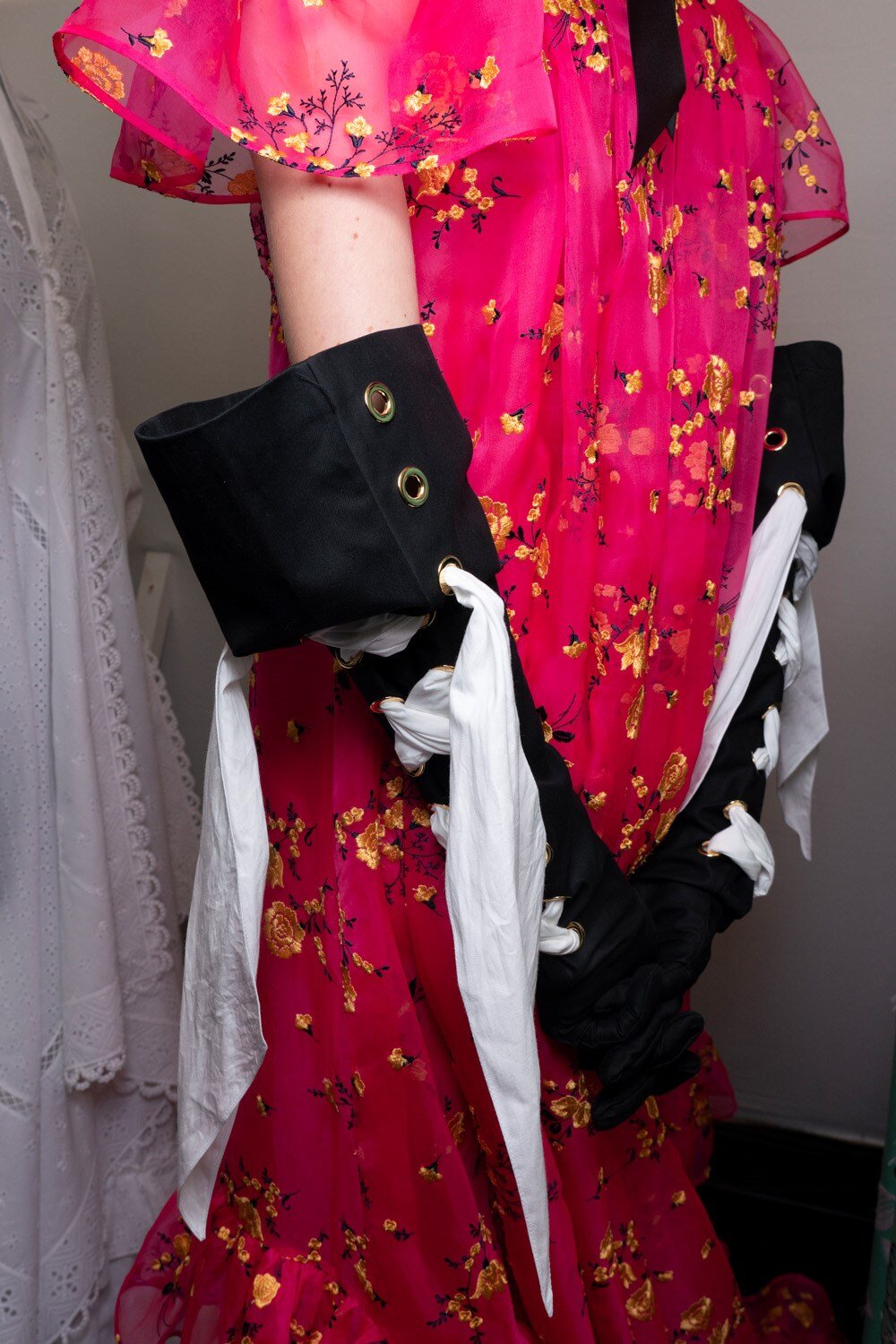



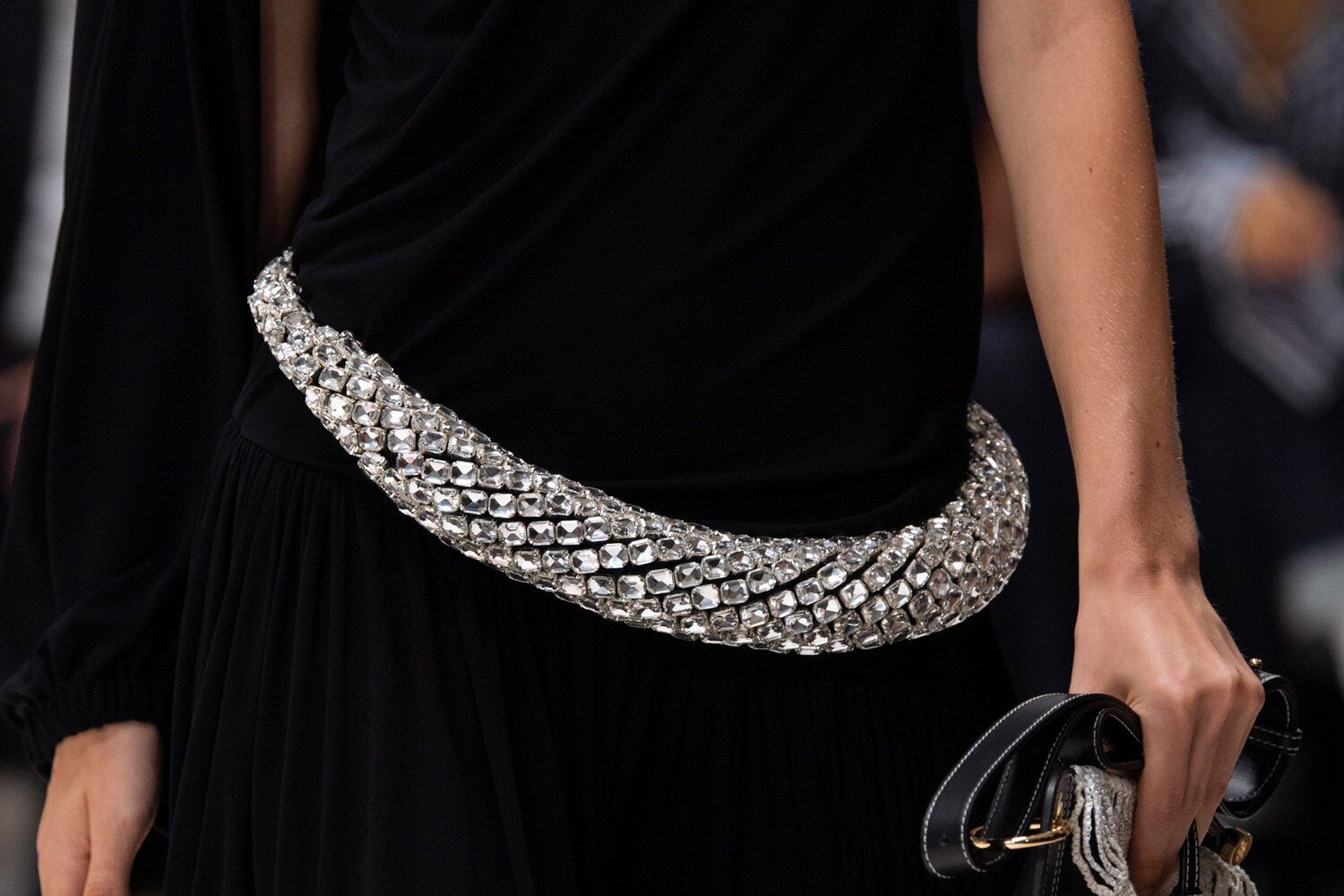










Why the American fashion capital and its millennial consumer seem to be obsessed with nostalgia, how The Row outdid itself again, and the controversial element in Raf Simons’s looks…